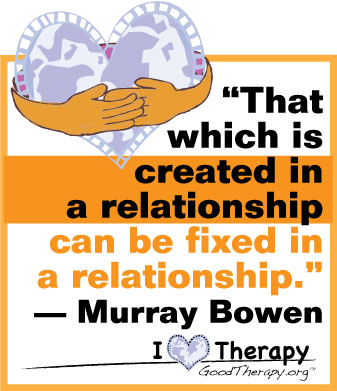
Bowen does not have much of a technique, his goal was more concerned with ensuring the families were differentiated (Brown, 2014). He wanted families to reach such a high level of differentiation, they would be less likely to blame and would have improved accountability for their own emotional system (Brown, 2014). The role of the therapist to guide the conversation and (Brown, 2014). Three broad stages of Bowen’s therapy are: stage one, reduceclients’ anxiety about the symptom by encouraging them to learn how the symptom is part of their pattern of connecting, stage two: adult clients on ‘self’ issues so as to increase their levels of differentiation, and stage three: adult clients are coached in differentiating themselves from their family of origin, the assumption being that gains in differentiation will automatically flow over into decreased anxiety and greater self-responsibility within the nuclear family system (Brown, 2014). The therapist must ensure they connect with the families without becoming emotionally reactive (Brown, 2014). The therapist must remain composed and attentive (Brown, 2014). Therapists need to get the families in a position to accept responsibility for their own change (Brown, 2014). The therapist must avoid becoming a mediator in therapy (Brown, 2014).
Bowen included children in the therapy sessions but minimized their involvements as he believed adults are the most influential members of the family system (Brown, 2014).